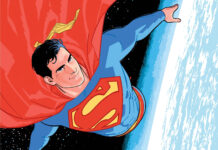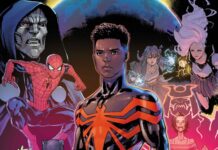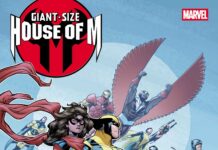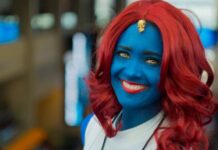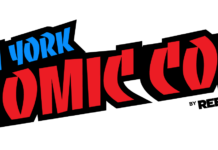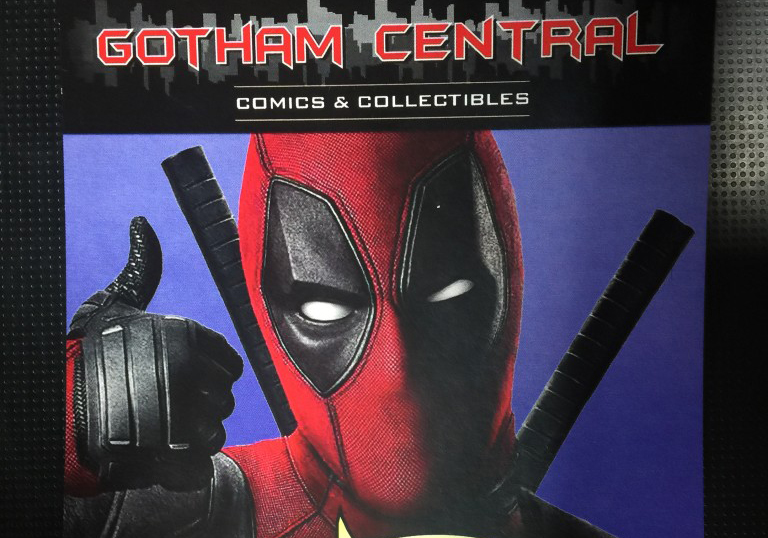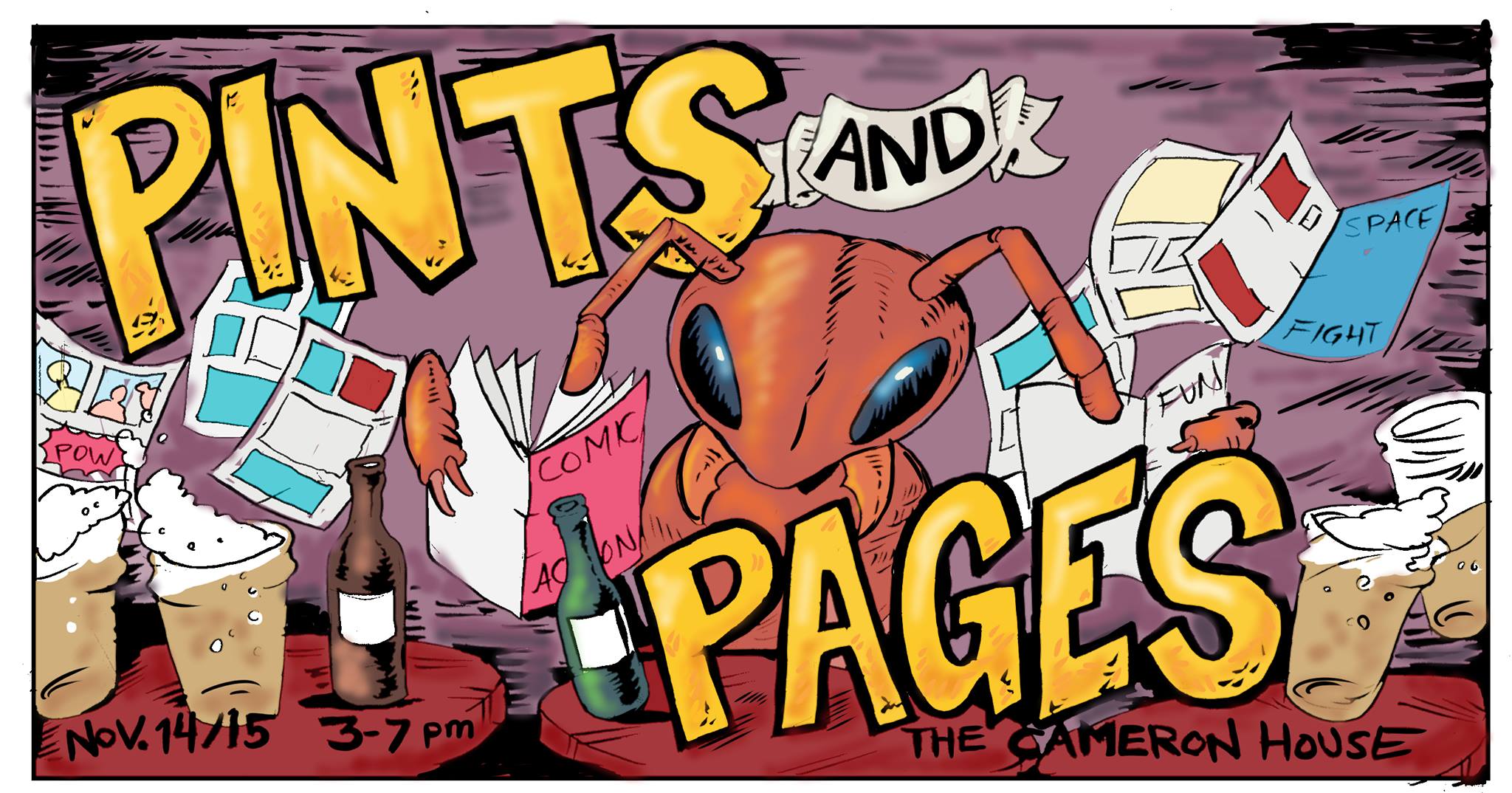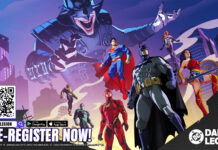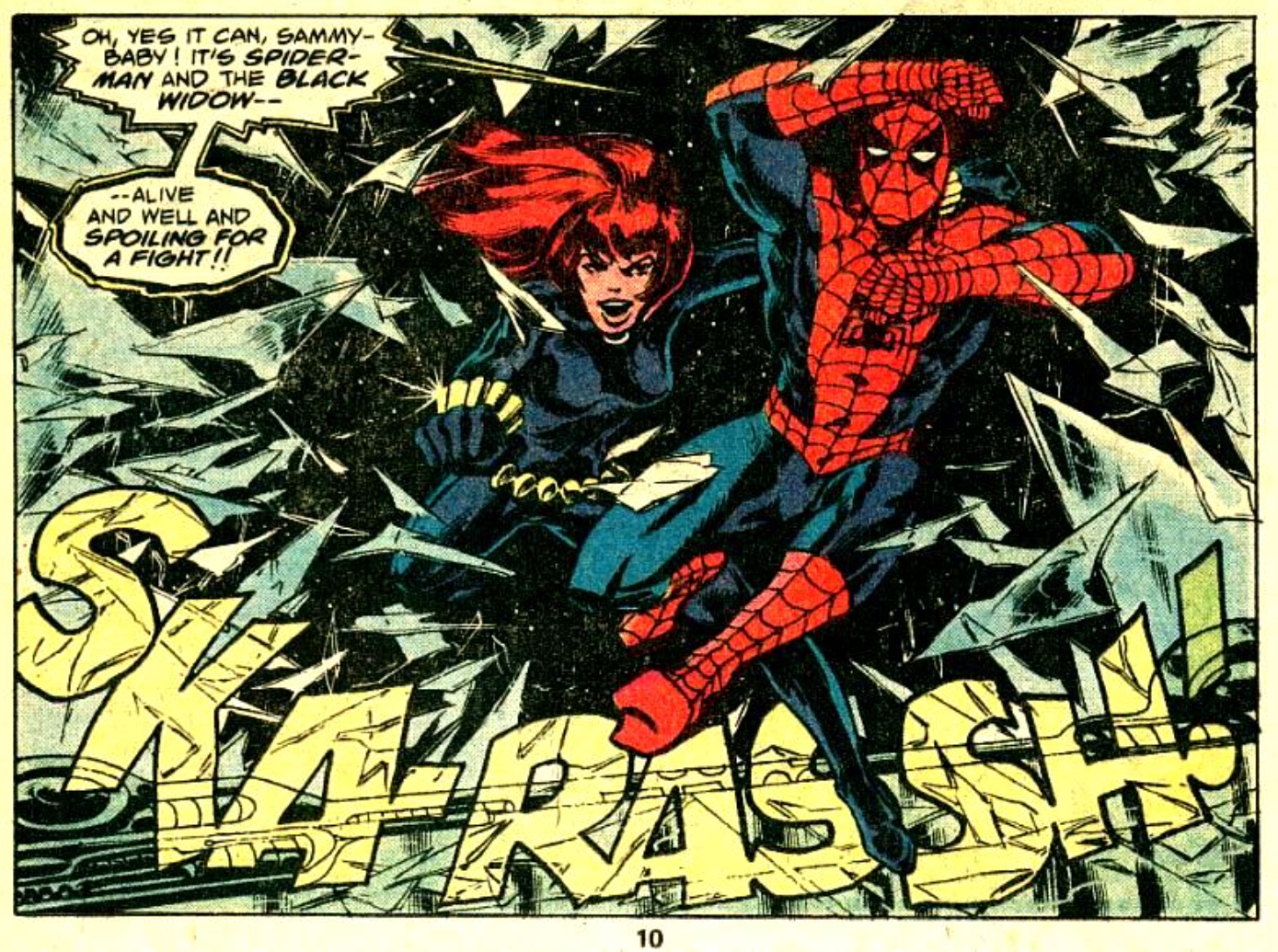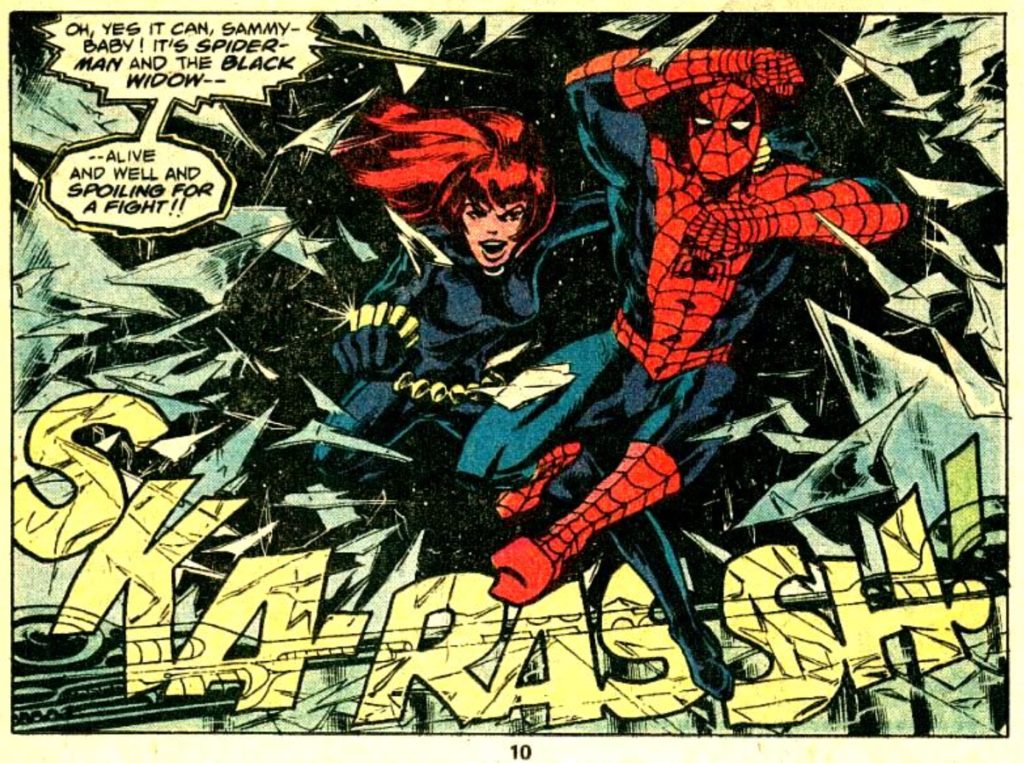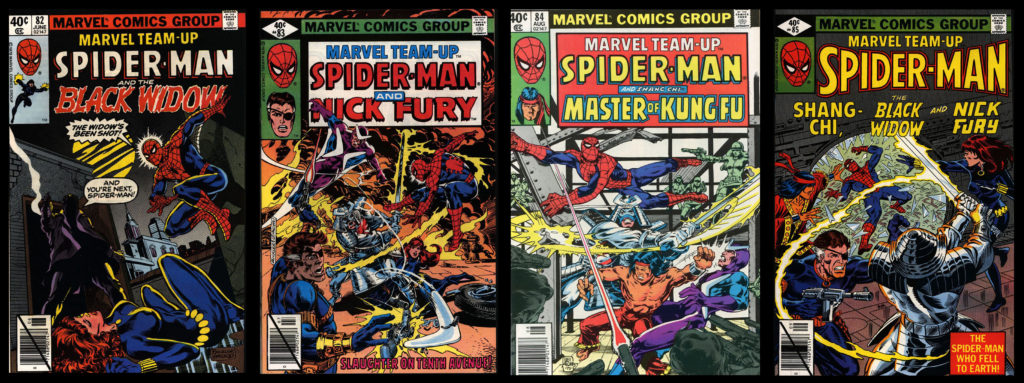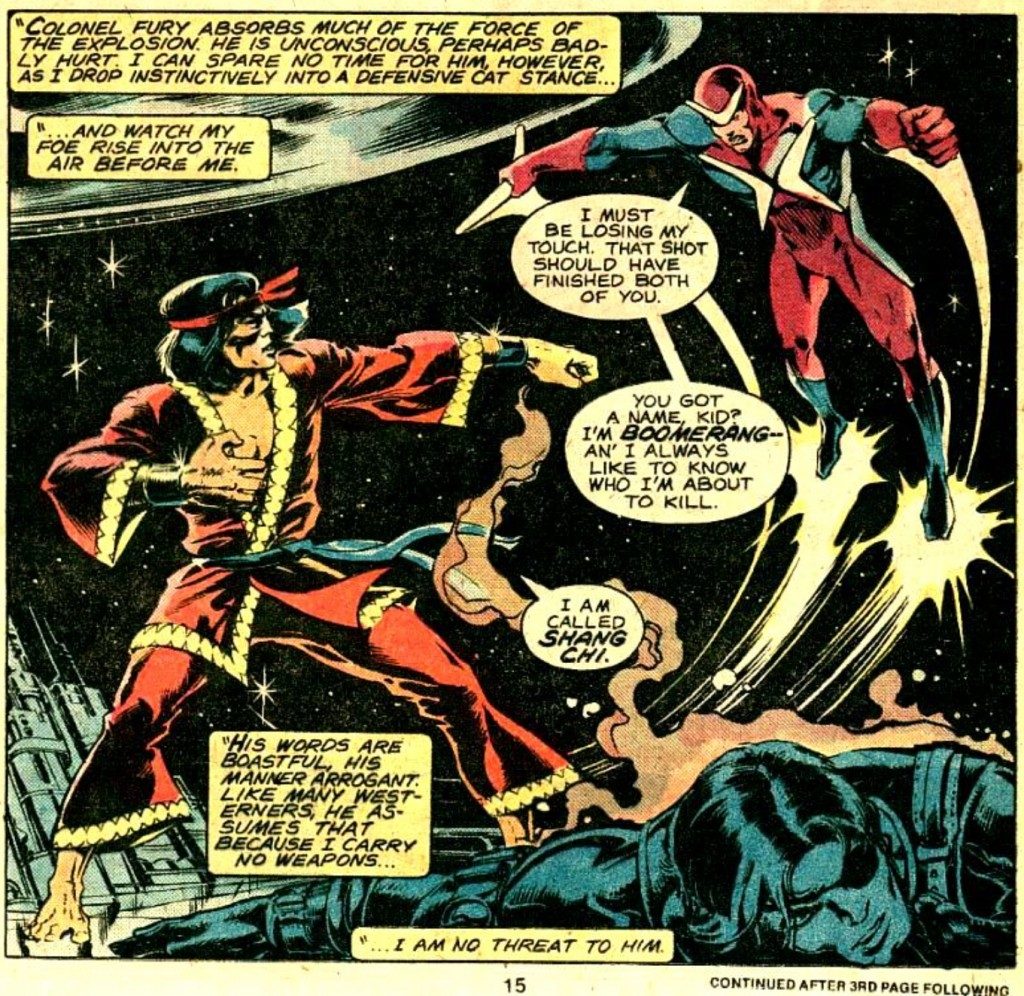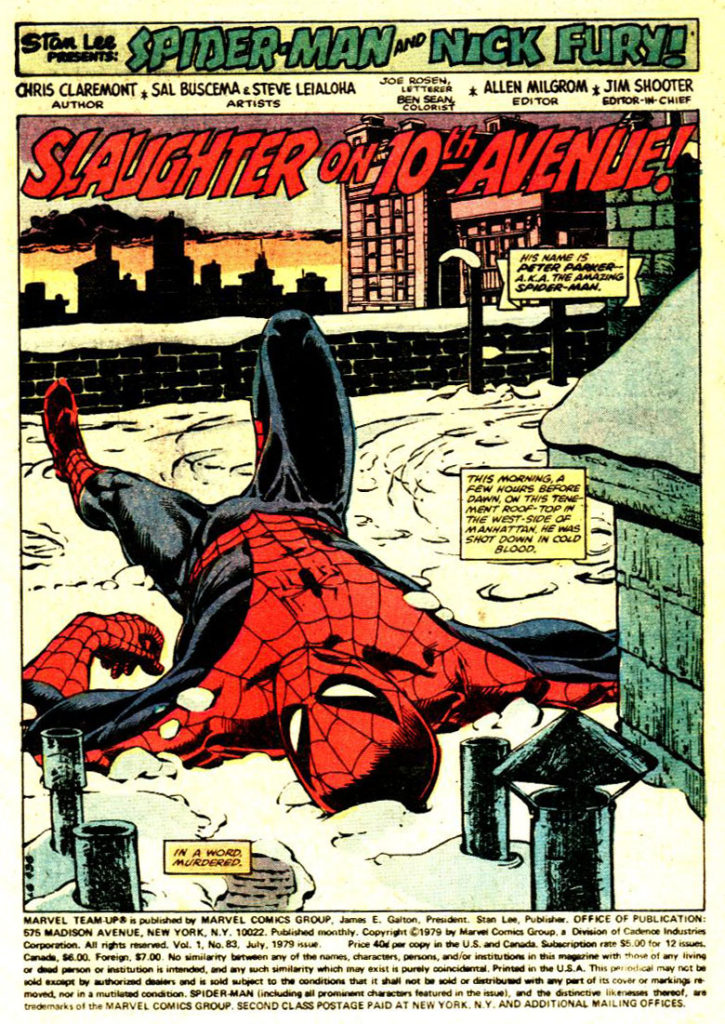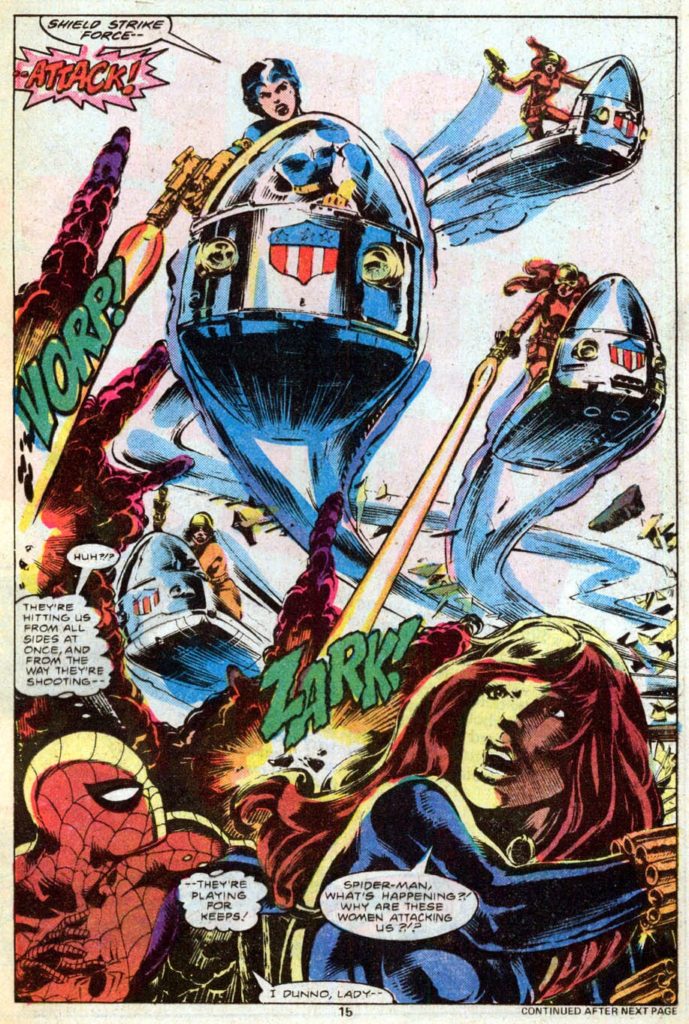Ok, let’s get it out into the open: I have a ‘man crush’ on the Amazing Spider-Man, and he’s the reason I love comic books as much as I do. While our 35+ years relationship has been strained over the last few years, whenever I need my fix of old Webhead, I just head over to my comic boxes and reach into the past. My comic book collection is quite Spider-Man heavy, with titles like Amazing, Spectacular and Web dominating the real estate in my comic book boxes. While company-wide crossovers that involve almost every prominent character in a company’s roster dominate the landscape of modern comics, it wasn’t always that way. I’m referring to a time before Wolverine had replaced Spidey as sales Viagra for comics that needed a guest star to boost sales for a particular month. Marvel Team Up used to be Marvel’s version of the monthly crossover, and it featured Spider-Man as the star attraction. Spidey was joined by a different hero each month and some of his partners consisted of a-listers like Captain America, Iron Man, Thor and the Hulk. Others, like Howard the Duck, Man Thing, and Tigra weren’t top draws, but still provided entertainment for those of us who enjoyed seeing Spidey out of his regular narrative surroundings.
One memorable run on Marvel Team Up was a four-issue arc (issues 82 – 85), involving Spider-Man, the Black Widow, Nick Fury and Shang Chi, the Master of Kung Fu. There was a lot going on during the four issue arc: amnesia (a favorite trope of the 70’s and 80’s), espionage, a budding romance between Spidey and Black Widow, a plot twist or three, cool villains, political intrigue and, a staple of any 70’s action/adventure tale – kung fu! Marvel Team Up had a tradition of matching Spiderman with another hero for one issue, perhaps two; then, even though the story wasn’t finished, teaming him up with another hero who replaced the previous one to end the arc. This particular arc was interesting because it featured 3 different heroes along with Spiderman and then combined them all in the fourth issue of the arc.
Issue 82 centered on the amnestic Black Widow being pursued by S.H.I.E.L.D. Issue 83, the second one in the arc, brought in Nick Fury and introduced the Australian assassin, Boomerang, into the storyline. Issue 84 featured Shang Chi and the merry mess came to a conclusion in Issue 85, as all of the heroes duked it out against Viper and the Silver Samurai on a falling S.H.I.E.L.D helicarrier as it plummeted towards the President of the United States.
Chris Claremont wrote the arc and the artwork was covered by the venerable Sal Buscema and Steve Leialoha. Chris Claremont is best known for his contributions to the X-Men mythos. During his run on The Uncanny X-Men, Claremont worked alongside superstar artists such as Dave Cockrum, John Byrne, John Romita, J.R., Jim Lee, Mark Silvestri and Joe Madureira. His X-Men tales established Xavier’s students as the number one attraction in comics for almost 20 years. Claremont started his tenure on Uncanny in 1975 and was four years into his run when he began doing double duty on Marvel Team Up. He wrote several memorable issues of Team Up, particularly those drawn by his X-Men collaborator, John Byrne. Some of the highlights of their work on Team Up included Issues 53 – 54: Spiderman and the Hulk, Issues 69 – 70: Spidey, Havok and Thor vs. the Living Monolith, and Issue 79: Spiderman and Red Sonja vs. Kulan Gath. Issue 53 is interesting as it is the first time Byrne drew members of the X-Men, and Issue 79’s plot had repercussions many years later when Kulan Gath returned in Uncanny X-Men 189 and 190. Issues 82 through 85 are a fun read with some intrigue and lots of action. Claremont’s dialogue is crisp and has a lot of banter and quips that signified the trash-talking era of the 70’s and 80’s. There are several good lines by all of the characters and the internal dialogue that was a staple of Shang Chi’s books is used to good effect here.
Sal Buscema was a workhorse for Marvel, and was able to produce generous amounts of work on a monthly basis. While he isn’t viewed as an artistic equal to his brother John, he was responsible for a considerable number of issues coming to market on time due to his ability to draw quickly. Sal wasn’t only responsible for his monthly penciling duties, but also provided breakdowns for several other titles. His art throughout the 4-issue arc was solid. He was able to mix dynamic action and fight scenes with tender, character-driven moments. One scene that comes to mind is when Spiderman and the Black Widow share a quiet moment on the outside of the S.H.I.E.L.D. helicarrier just before the arc’s climax. Steve Leiahola provided the inks over Buscema’s pencils, giving them a thicker line and depth that was reminiscent of the look noted embellisher Ernie Chan gave to Sal’s dynamic pencils during their Incredible Hulk run from Issues 115 – 123.
One interesting note from the arc is the role the characters have played in Marvel’s quest for multi-media dominance. All of the major players in the arc, save Shang Chi, have recently received their due on the big or small screen. Spiderman is on his fifth feature film with the Amazing Spiderman 2 coming to theaters in Spring 2014. Black Widow and Nick Fury have woven a cinematic tapestry of their own throughout many of Marvel’s Phase 1 and 2 films, including the Iron Man films, Captain America, Thor, The Avengers and Captain America: The Winter Soldier. Viper and the Silver Samurai made their big screen debut in this summer’s The Wolverine. Due to the success of the Avengers film, even S.H.I.E.L.D. agents now have their own television series, Marvel’s Agents of S.H.I.E.L.D. Only Shang Chi has been absent from a live action portrayal. Perhaps his chance will come with Marvel’s Netflix deal, which will see characters like Daredevil, Jessica Jones and Iron Fist set to be featured in their own series on the streaming network.
The comic book landscape has changed significantly since Issues 82 – 85 of Marvel Team Up were published. Simple team-ups and small, stand-alone arcs have been replaced by massive, company-wide crossovers. Today, there is more cohesion between what is published on the printed page and what appears on the small and silver screens. Even though we are presently in a time of undisputed comic book glory in pop culture, I sometimes reminisce about a simpler time when stand-alone stories could be told in an entertaining fashion, and Spidey was still king.
This article first appeared in Issue 6 of Comix Asylum Magazine.


